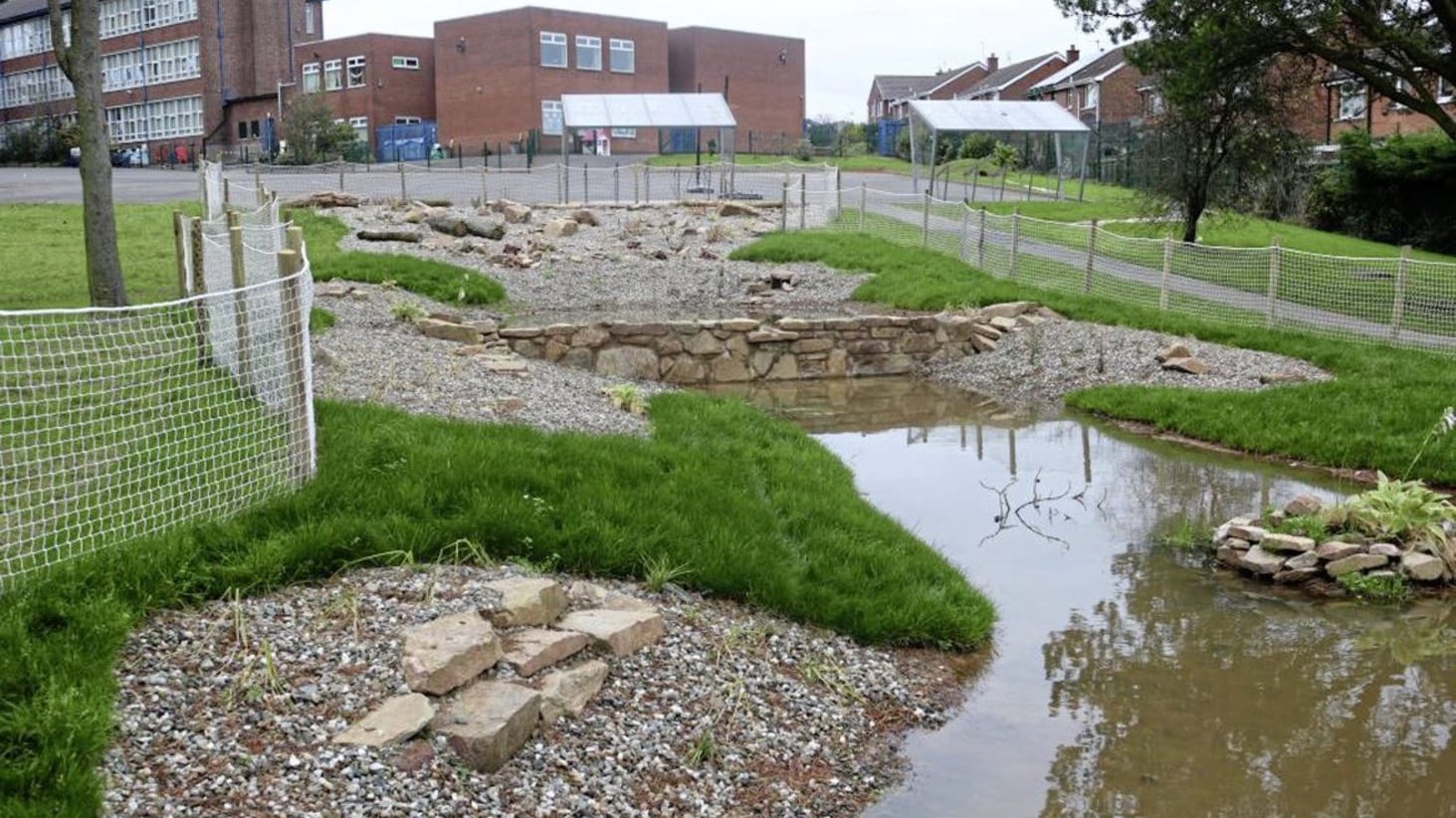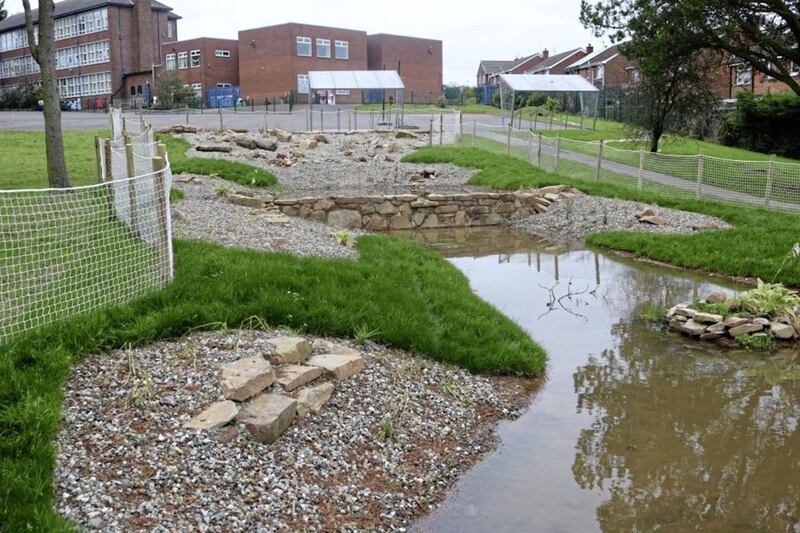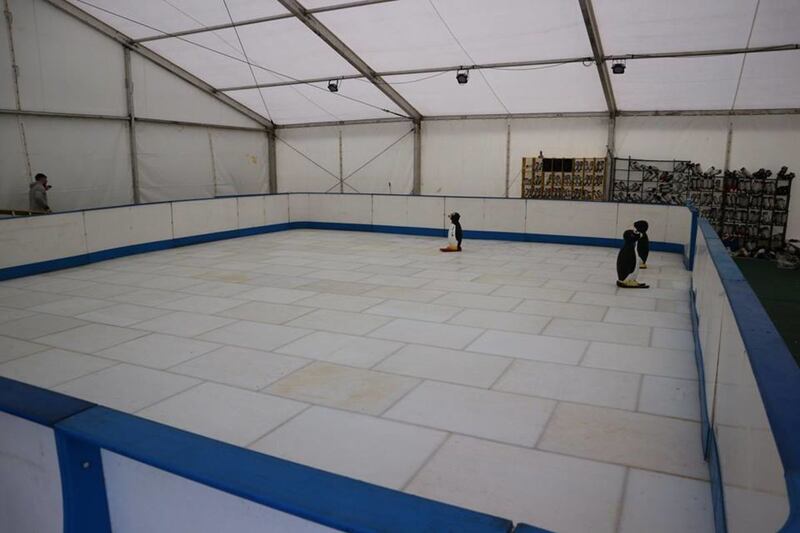A FAVOURITE walk along the Quoile River close to Downpatrick was interrupted over the Christmas period because the path had flooded.
It was not just flooded, but had become part of the river once again, eddies and currents meandering over it in chaotic waves.
A barrier was erected in 1957 further up the Quoile to help control the water’s flow and prevent flooding in the nearby town. The result was not just drier streets in Downpatrick but also a new wildlife sanctuary, the river home to salmon, pike and otters, its banks the nesting grounds for swans, heron, ducks, coots and occasionally much rarer species.
However, as is so often the case when artificial attempts are made to control the flow of rivers in the landscape, water will simply seek out another way to return to where it used to naturally flow.
The main street in Downpatrick, which is built on a floodplain, occasionally becomes inundated following heavy rains, and a few years ago a car park at a shopping complex on the outskirts of the town was buckling and warping as it all but subsided back into the marshy ground over which it had been built.
Belfast is another example of a city which is prone to flooding. It is low-lying, two of the main rivers which flow through it, the Blackstaff the Farset (which give the city its original Irish name Béal Feirste) have been channelled underground.
Who can forget the time just a few years ago when one of the main routes into the city became known as the ‘Westsink’ as the just-opened Broadway underpass on the Westlink became submerged?
Much of the land on which we live has been borrowed from nature and too often our attempts to control the flow of natural waterways have simply resulted in forcing them to open up new channels that erupt following heavy rains or as the result of tidal surges.
According to the 2,500-year-old Chinese book of wisdom the Tao Te Ching: “Highest good is like water. Because water excels in benefitting the myriad creatures without contending with them and settles where none would like it to be, it comes close to the way.”
In other words, go with the flow, both in the philosophical and natural sense.
A project at a north Down school has literally taken the idea of going with the flow on board. In a first for Northern Ireland a ‘Rainwater Garden’ has been established at Clandeboye Primary School to help reduce the risk of flooding.
The project was developed by NI Water as part of a new £1.7 million pumping station within the grounds the school. The rainwater garden collects water run-off from the school roof and playground area, which is gathered in an underground storage tank disguised as a turtle.
When the water within the storage tank builds up to a certain level, a valve opens and allows the water to run down a channel, which will be used by the schoolchildren as a ‘duck run’ play facility.
The rainwater then travels into two split-level ponds within the rainwater garden area, which provides further storage. This process reduces the rate at which the storm water reaches the local watercourse Clandeboye Stream, lowering the risk of flooding in this area of Clandeboye.
According to NI Water the garden demonstrates how sustainable design can reduce the risk of flooding and at the same time enhance the environment and provide a valuable educational resource.
Clandeboye Primary School principal Julie Thomas said the Rainwater Garden has become an asset to the school.
“The children have a great opportunity here to safely learn in a practical way about living with water in familiar surroundings, as well as the importance of biodiversity,” she said.
“We are looking forward to seeing the many plants and wildlife blooming in the garden in the spring and summer months.”








